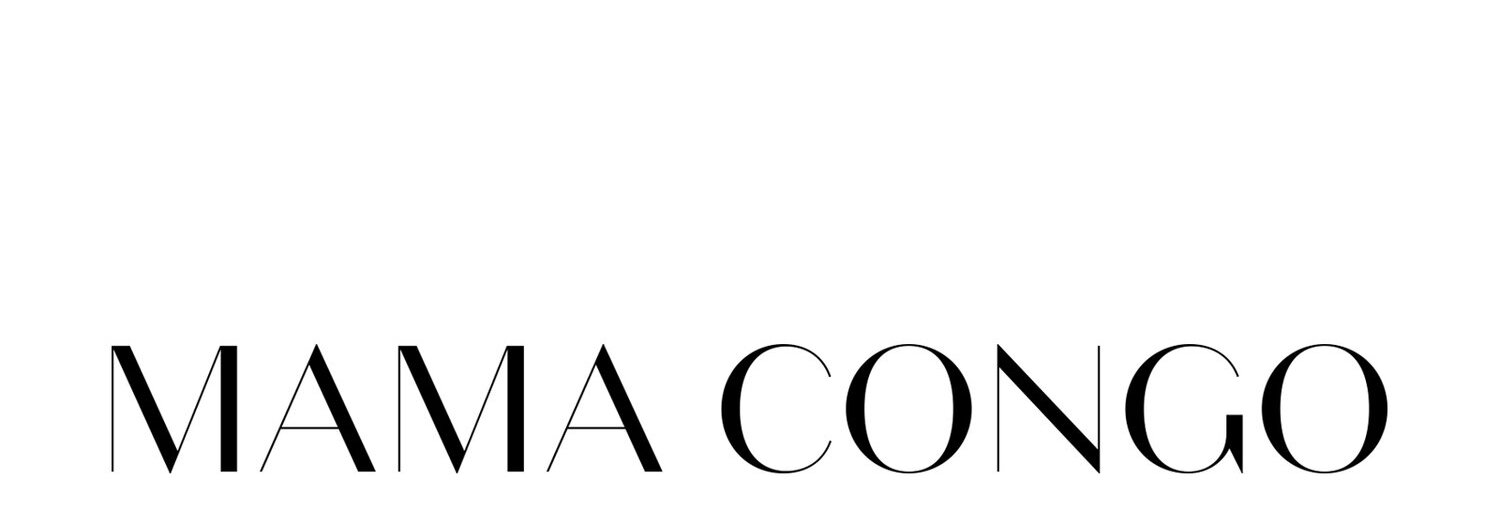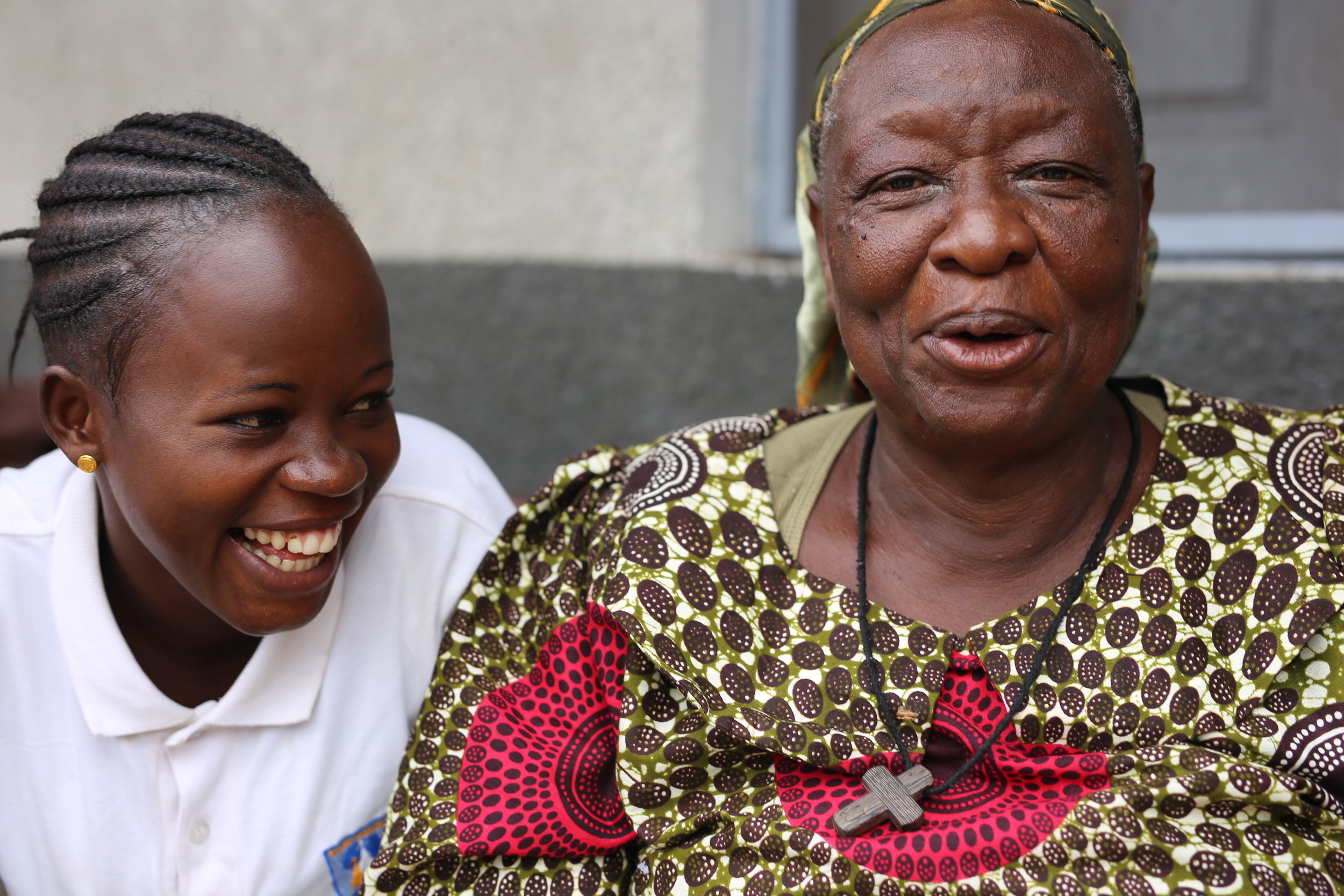Girls and women in Democratic Republic of Congo
While primary school attendance rates for girls are on a par with those for boys, this changes significantly by secondary school. Photograph: Soraya Kishtwari
With only 10% of seats in parliament, women are grossly underrepresented in DRC politics.
The effects of such underrepresentation extend beyond the walls of government into civil society: only one in three women have reached at least a secondary level of education, compared to two out of every three men. Only 4% of the population aged 15 years old and above have received a post-secondary education, the majority of whom are men. Literacy levels for women peak at 66.5%, compared to 88.5% of men.
Congo is one of the countries with the highest rates of gender-based violence directed towards children. Although the age of consent in Congo is 18, in reality many girls engage in sexual activity at a much younger age and not always of their own choosing. In conflict zones, girls are at risk of being made to marry armed militants, with some girls who fall pregnant after being raped sometimes forced to marry the perpetrators for the “wellbeing” of the unborn child.
With contraceptive use at just 7.5% and infant mortality rates high, Congolese women give birth on average six times. Photograph: Soraya Kishtwari
With contraceptive use at just 7.5%, the DRC has the seventh highest rate of teenage pregnancies in the world with more than a quarter of girls aged 15-19 pregnant, and the ninth highest number of child brides globally at 1.3 million. Meanwhile, maternal mortality rates remain high, with figures fluctuating over the last two decades between 700-900 deaths per 100,000 live births (compared to fewer than 10 throughout the European Union and fewer than 15 in the US) . The fertility rate is likewise among the highest in the world, with women giving birth on average six times.
Although polygamy has been made illegal, in reality it is still practiced by some communities, with women invariably bearing the brunt. There is also the relatively recent phenomenon known as bureaux, literally meaning “offices”, whereby some men, regardless of wealth and/or status lead a double-life by keeping one mistress (or more), unbeknownst to their wife, usually in exchange for financial assistance.
A backdrop of extreme poverty and an inherent belief, among certain communities, that women are inferior to men only help to diminish their status further. Compound this with the reality of limited government infrastructure, in which only one in four children under five are officially registered, and only 14% have a birth certificate, the extent of the challenge faced by Congolese girls as early as birth is clear.
Today’s girls tomorrow’s women
By supporting this book, we’ll be able to give orphaned and abandoned girls like Leah (pictured below with Sister Julienne), Feli and Jojo the chance to gain the very best education available to them. Check back here again soon, as we’ll be posting a few profiles of the girls/young women who you’ll be helping by purchasing a copy of Mama Congo …
Leah Adi with Sister Julienne, who oversees ARED orphanage in Nsiamfumu, a stone’s throw from Congo’s coastline in the west of the country. Photograph: Soraya Kishtwari



